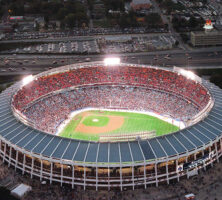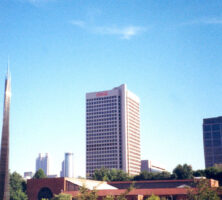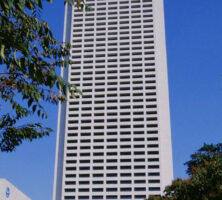FABRAP, formed in 1958, was one of Atlanta’s most progressive design firms. The firm built its reputation on industrial buildings and laboratories, schools and sporting venues, health care facilities, and corporate headquarters.
FABRAP is an acronym formed by the first letter of its principals’ last names. James Harrison “Bill” Finch and Miller Barnes, both graduates of the Georgia Institute of Technology in the 1930s, formed Finch and Barnes in 1948. As a Georgia Tech student in the 1930s, Bill Finch showed an early interest in modern design, during a period when students were beginning to read the French architect Le Corbusier, who was known for his efficient and functional designs. Paul M. Heffernan, who arrived at Georgia Tech’s architecture school in 1938, led the faculty in the same direction, toward functionalist design. Caraker Paschal, also a Georgia Tech graduate, joined Finch and Barnes in 1948, and in 1957 he became a partner in Finch Barnes and Paschal.
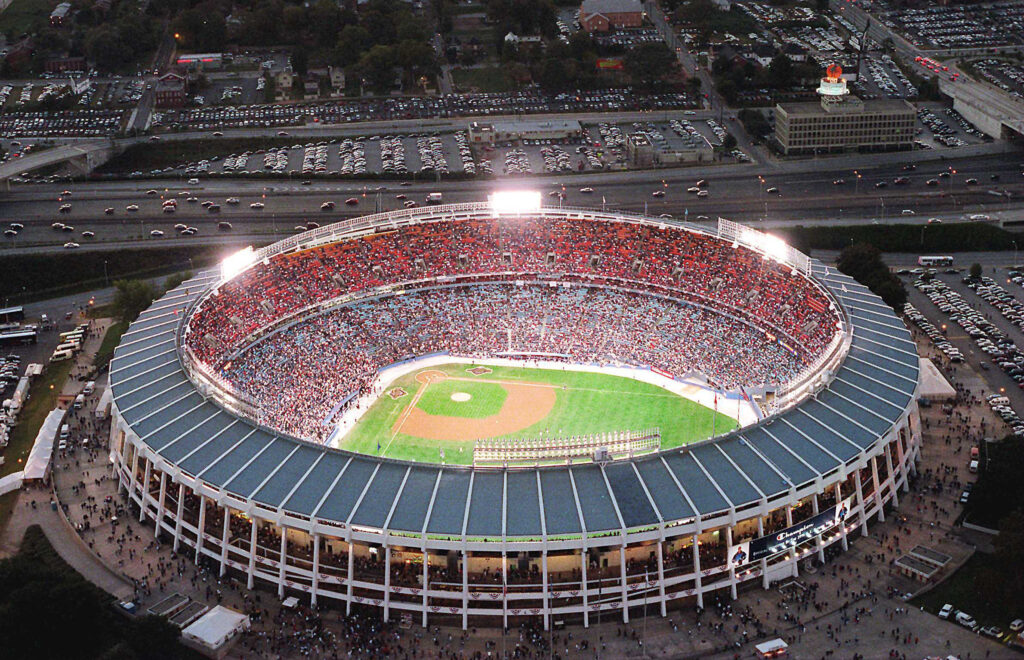
Courtesy of Atlanta Journal-Constitution.
Cecil Alexander, of both Yale University, in New Haven, Connecticut, and the Massachusetts Institute of Technology, in Cambridge, Massachusetts, and Bernard Rothschild, from the University of Pennsylvania, formed Alexander and Rothschild in 1948 and practiced together for nine years. Two of their early projects were published in Architectural Record during that time: the fully air-conditioned Peachtree-Seventh Building (circa 1949-50) and the Peachtree Baker Building (circa 1956), which was famously dynamited by a contest winner eager to blow up the former Internal Revenue Service offices it housed.
In 1958 Alexander and Rothschild joined with Finch Barnes and Paschal to form FABRAP. FABRAP’s founders embraced the functionalist outlook of the modern movement and contributed to the post–World War II (1941-45) transition to the so-called International style, also known as Bauhaus modern. One example, Finch and Barnes’s Golfview Road cul-de-sac (1951-54), offered sixteen houses utilizing three floor plans in one of the city’s earliest contemporary subdivisions. Cecil Alexander’s partly circular house for himself (1960) and the Philip Hammer House, both in Atlanta, and the E. D. Martin House in Columbus were noteworthy modern designs of varied character from FABRAP.
In the mid-1960s, FABRAP joined Heery and Heery in a joint venture, taking advantage of George Heery’s emergence as a leader in fast-track construction management, to build—in the remarkably short period of a year—Atlanta
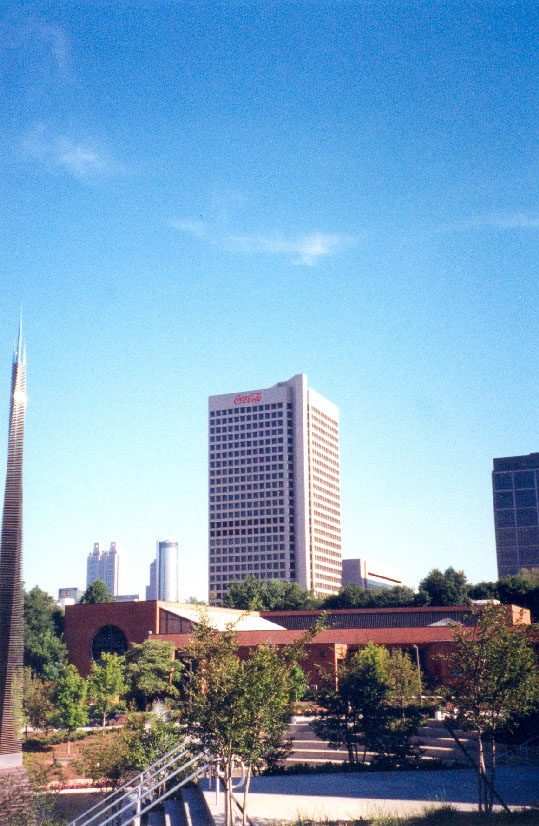
Photograph by David A. Pike
Among the headquarters designed by the firm were those of First National Bank (mid-1960s, with Emory Roth and Sons of New York), replacing A. Ten Eyck Brown’s Peachtree Arcade (1916-17), which had formerly occupied the site. The firm also designed headquarters for the Coca-Cola Company (1970, 1979, 1981) and Southern Bell (later BellSouth, 1980), the latter with Skidmore Owings and Merrill of New York. The two firms had also collaborated earlier on the design of the Equitable Building (1968) in Atlanta. Another FABRAP project, the Richard B. Russell Federal Building in Atlanta, named for U.S. senator Richard B. Russell Jr., was built in 1979-80 on the former site of architect P. Thornton Marye’s Atlanta Terminal Station (1903-5).
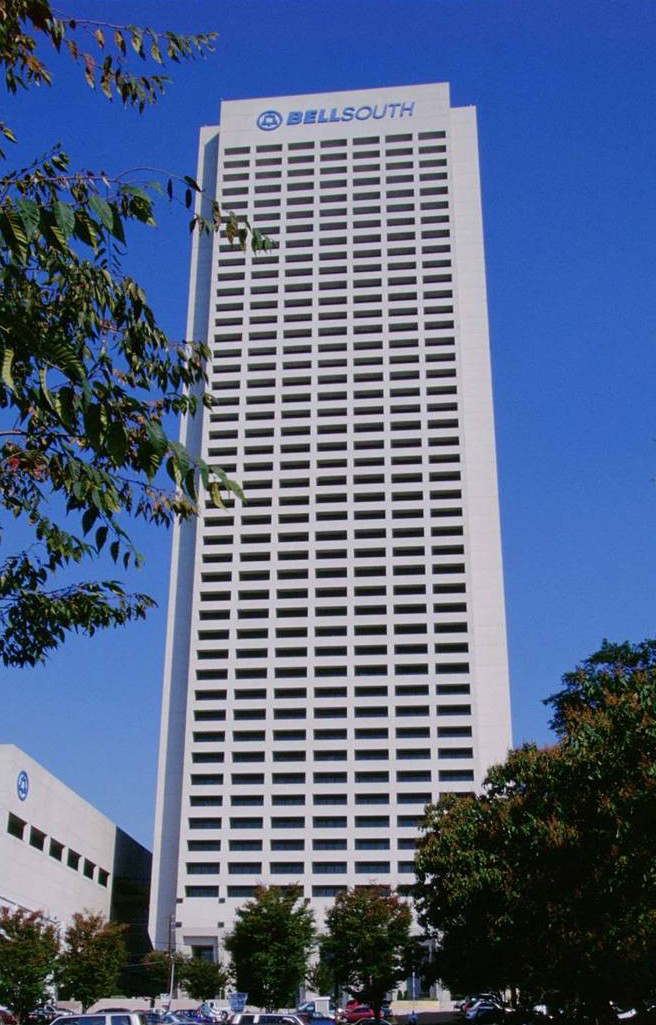
Courtesy of AT&T
In 1984 FABRAP joined the Rosser engineering firm to form Rosser Fabrap International in 1984; the organization’s name was changed to Rosser International in 1993.






